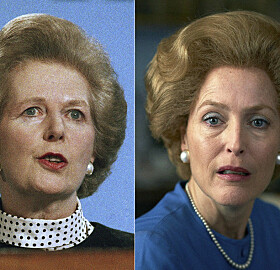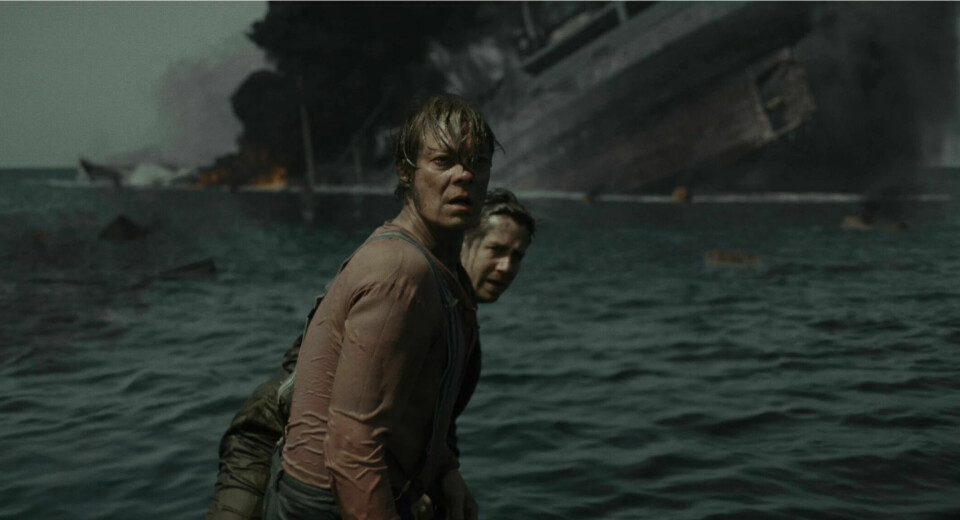
Can we trust movies about World War II?
A small sentence in Bjørn Tore Rosendahl's doctoral thesis became a big scene in the movie Krigsseileren (War Sailor), which recently won four awards. But the scene is not true.
When Norway was occupied in 1940, 1,000 Norwegian ships were out at sea. No one went home; instead, they sailed to allied ports. There they were used to transport goods, fuel, weapons, and ammunition. Nearly half of the ships were bombed or torpedoed – and sank.
The seamen on board did not choose military service; they were conscripted to work.
Many Norwegians left the ships when they were in port to escape the dangerous work. Eventually, pressure from the Norwegian Seafarers’ Union increased against sailors who did not sail, and Norwegian exile authorities collaborated with the USA and Great Britain to bring them back.
“In my thesis there’s a small sentence about a young messboy who ran away in 1940 when the ship was in New York. He worked as a ballet dancer in the USA before he was found and brought back into service,” historian Bjørn Tore Rosendahl says.
An illustration of this point occurred in September 1944, when a Norwegian seaman was tracked down in America. Since he ‘jumped ship’ in 1940, the seaman had earned his living as a ballet dancer and wanted to continue to do so. No mercy was given; the ballet dancer had to return to duty.
This boy provided inspiration for a central scene in the movie War Sailor.
The movie recently received four awards at the annual Amanda Awards, a Norwegian film festival that promotes Norwegian film.
From rage to admiration
The other sailors do not receive the messboy Sivert well when he returns to the ship. He is called a traitor. “You were dancing ballet when I lost my brother out there,” a man shouts. “Can you dance?” asks another. They make room. Sivert stands alone on the floor among angry, tired, and dirty men.
Then Sivert dances. He flies through the room. The atmosphere changes from rage to admiration.
In the next scene, we see Sivert floating lifeless in the sea. He has become one of many dead war sailors.
In reality, the young boy never returned to service on the ship.
“No, his story is completely different. He was deported from the USA to Great Britain, and there he was placed in a job on land for the rest of the war years,” Rosendahl says.
But he does not mind that the story about the ballet dancer is changed in the film.
Brings out the duality
“It was done nicely. That scene brought out the duality. We understand the boy who wanted to get away from the war. We also understand the other sailors who are furious that he ran away, while they risked death on the ships and had lost friends and colleagues,” he says.
Movies can convey the difficult choices people faced during World War II in a way that historical research cannot, the historian believes.

Rosendahl works at the Norwegian Centre for War Sailor History, ARKIVET Peace and Human Rights Centre in Kristiansand in Southern Norway.
He was a consultant on the film War Sailor, released last year, and Konvoi (Convoy), which premieres in December.
“It’s been great. Not all historians get to take part in making a feature film about what they work on,” Rosendahl says. He was also a consultant for author Jon Michelet on five of his books about sailors during the war.
Rosendahl explains that there is great variation in how a historical consultant works.
Does more than find errors
“It’s everything from trying to find out what actually happened during the war to finding documents and objects in the archive so that filmmakers can see what they looked like,” he says.
He has also been involved in the script.
“Then I look for correct and incorrect things. What is plausible, and what could not have happened. The goal is to find errors that filmmakers would like to avoid,” he says.
But the job of a historical consultant is about more than finding mistakes.
“We historians can also bring in the latest knowledge and research, point to other perspectives. This is how we can help elevate the stories,” he says.
Rosendahl is not provoked if filmmakers take artistic liberties.
“I am more fascinated by how they manage to extract and highlight things from the research,” he says.
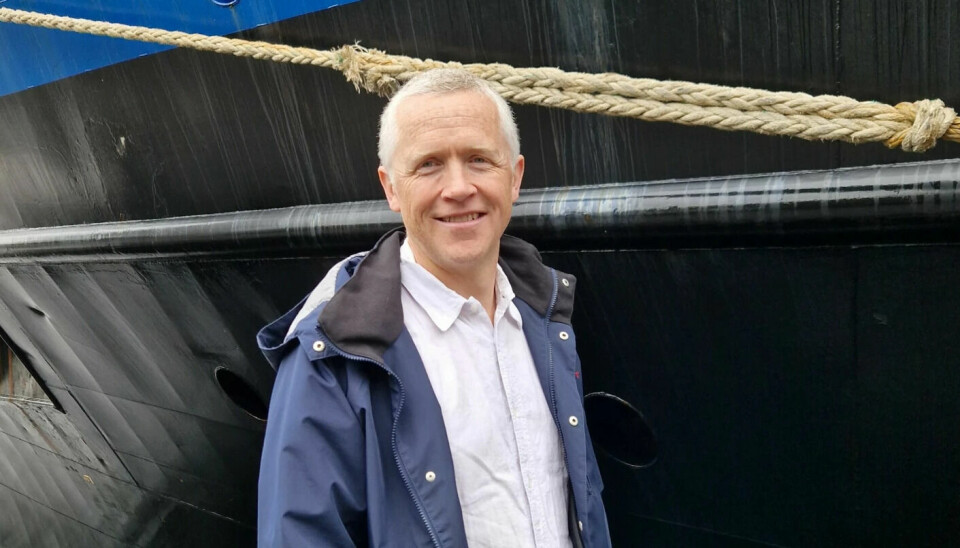
30,000 war experiences
So how historically accurate is the movie War Sailor?
“That’s a difficult question. There were 30,000 Norwegian sailors who sailed for the Allies in the Norwegian fleet. They experienced the war in many different ways. For me, it’s not so much about whether it’s an accurate portrayal, but more about whether it’s credible,” Rosendahl says.
The film follows two protagonists, Alfred and Sigbjørn, who are fictional people. They sail in a dangerous convoy, get torpedoed, witness their comrades’ deaths, and experience the violence of war. Alfred is told that his family is dead and he breaks down before being reunited with them a few years after the war.
“What the two experience is unique, but I think their stories are credible,” Rosendahl says.
Survived five shipwrecks
“In the archives I’ve found stories about war sailors with similar experiences. An English sailor lost his wife and both children in the bombing of Liverpool in 1940. He himself survived his fifth shipwreck on a Norwegian ship in 1942, severely affected both physically and mentally,” Rosendahl says.
He believes the job as a historical consultant is easier when the characters are fictitious.
“Then it’s more about assessing whether the story is likely and credible. It’s not as relevant to determine what is historically correct about a fictional person,” he says.
When films and books deal with named, historical figures, there are much higher demands on the filmmakers. They should be faithful to the person they recreate an image of. A historians’ role also changes in such cases, according to Rosendahl.
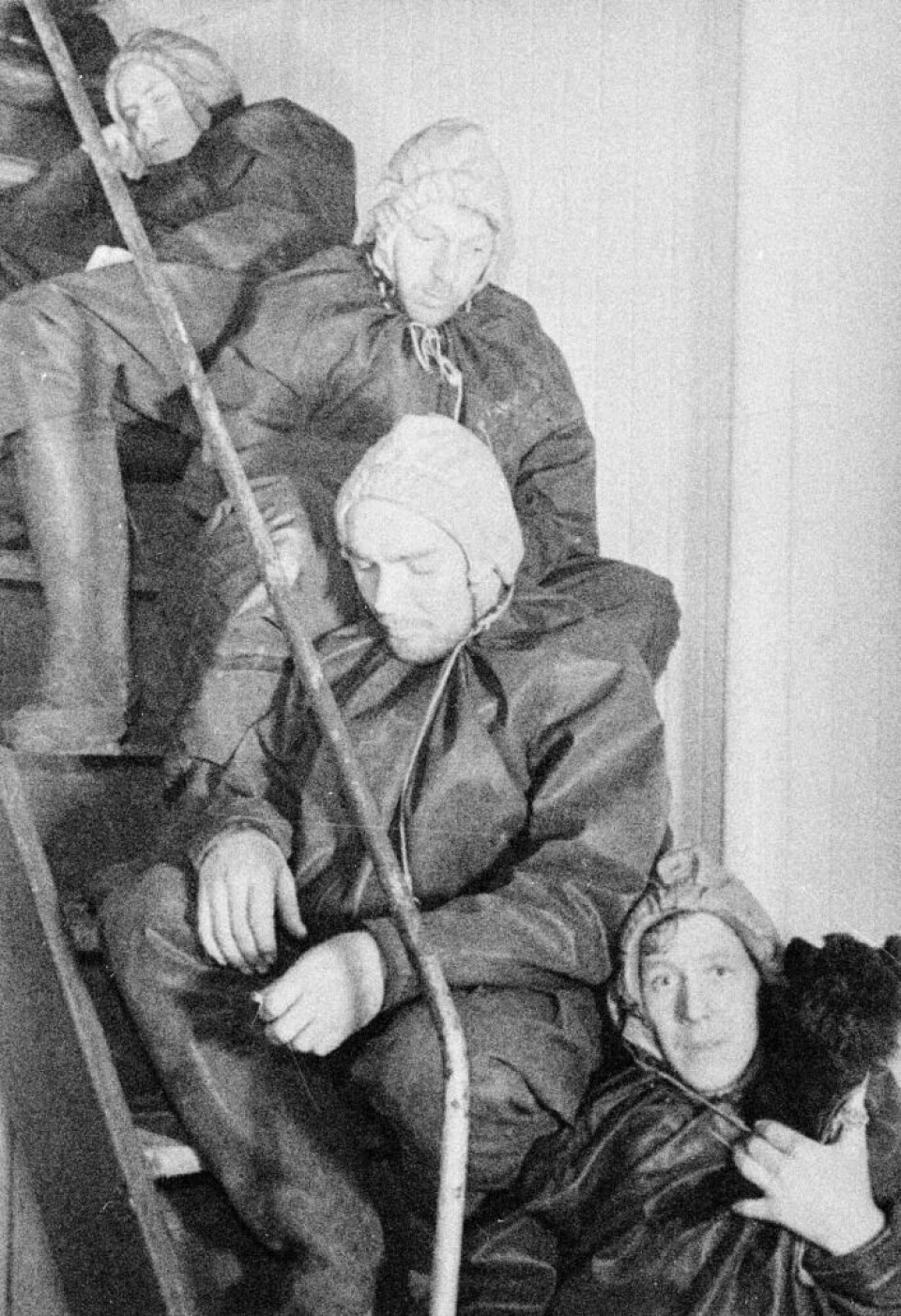
The mayor who became someone else
At a meeting in Arendalsuka, an annual political festival in Norway, the topic was war history in movies, with both historians and filmmakers on the panel.
“When people watch the movie Kampen om Narvik (Narvik), they expect it to be representative of what happened. But it’s never the reality that is told in the movie, but an image, an imitation,” historian Gaute Rønnebo from the Narvik War and Peace Centre said.
The difference between fact and fiction is what we don't know, he believes. That’s where filmmakers can go with their artistic freedom, while historians work with what we actually know.
Rønnebo still thinks that filmmakers have to believe that the true story is strong enough.
An example is the mayor of Narvik, Theodor Broch. He made good and courageous choices when the Germans came and has later been praised for his war effort.
“The mayor in the movie, on the other hand, is impetuous and immature. They didn't use his name, but both appearance and dialect point towards the real Broch,” Rønnebo said.
“Film is about making uncomfortable choices,” Live Bonnevie replied. She is a producer at Nordisk Film. “We couldn't use Broch as the calm and sensible mayor he was because we had to give the female lead some room to act. But it wasn’t an easy choice to sacrifice Theodor Broch.”
Narvik recently received three Amanda awards.
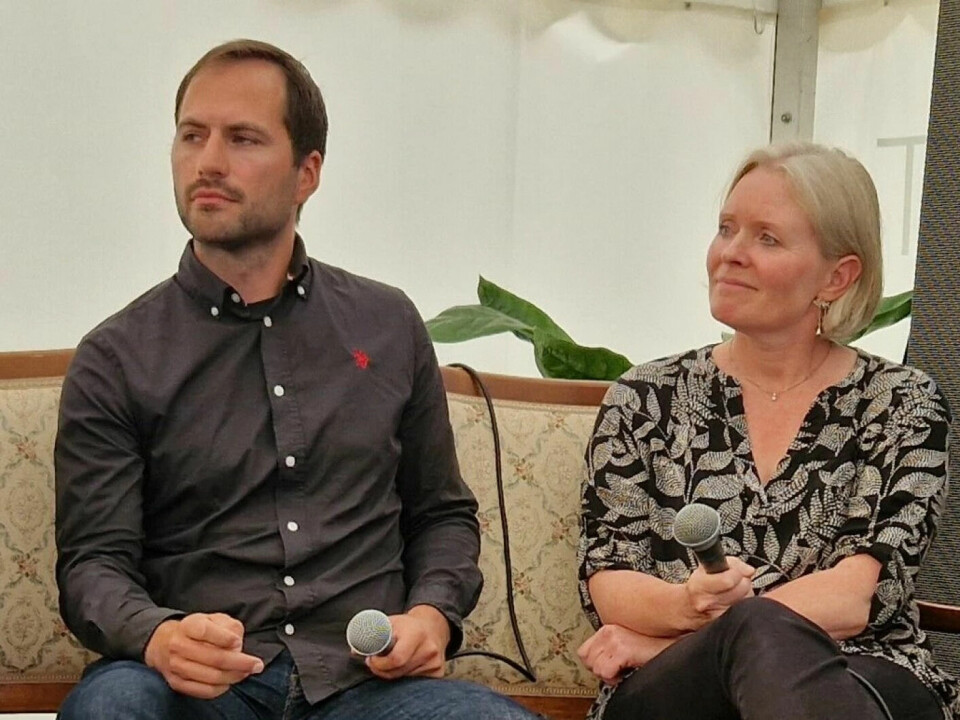
Filmmakers have greater freedom
Bjørn Tore Rosendal is satisfied with his collaborations with the filmmakers.
“I was listened to, that’s the most important thing. But I didn't always get my way,” he tells sciencenorway.no.
He was not involved in filming and did not see War Sailor until it was almost completely finished.
“I was very excited. Which of my suggestions had they considered? What made it into the film, and what had been taken out since the last time I read the script?” he says.
Rosendal liked the result very much. And he has great faith in film as a medium.
“A movie reaches much further than the research we conduct. We also learn more easily with images in our heads. It can create engagement and interest in learning even more,” he says. “Those who make movies have more freedom to create such images than professionals who must adhere to historical sources for better or worse.”
But artistic freedom can be taken too far. The TV series Atlantic Crossing has irritated many.
“Was not credible”
The series is about Crown Princess Märtha's stay in the USA during the war. She is portrayed as an important, informal diplomat for Norway to her close friend, President Franklin D. Roosevelt.
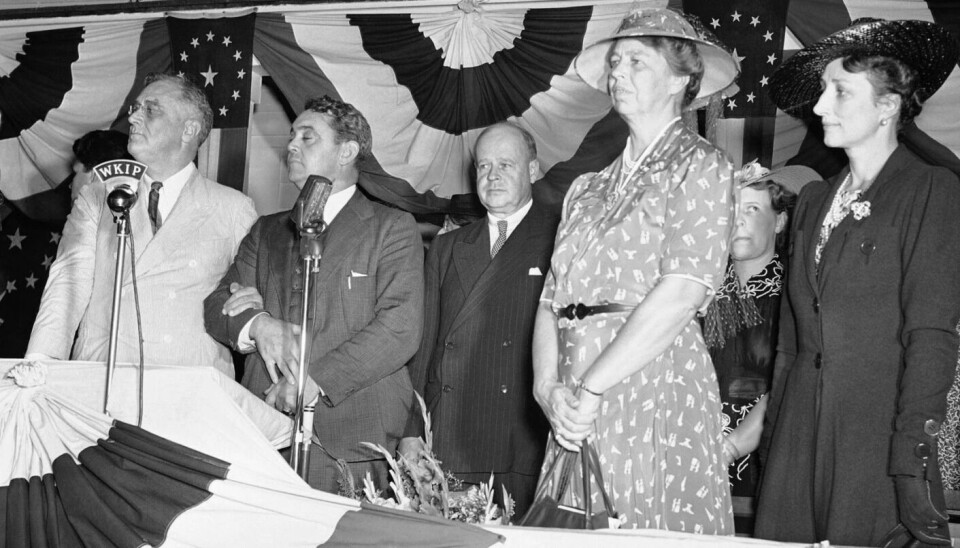
“The portrayal of Crown Princess Märtha's role created a lot of debate. I didn't find it credible. I don't think any historians would be able to say that it happened the way it is described in the series. I was annoyed when I saw it,” Rosendahl says.
However, he believes historians can learn a lot from those who make films about World War II and other historical events.
“We can learn a lot from the narrative techniques that filmmakers use and how they raise topics and events that have received too little attention,” he says.
“Brave move to show the coercion”
He praises the movie War Sailor for how it has highlighted the duty to work.
“It was a brave move to show so clearly that they sailed under coercion. It was a risk, because with coercion the sailors cease to be the voluntary heroes. But I think they handled this difficult dilemma very well. The war sailors were people like us, neither wholly good nor wholly evil,” Rosendahl says.
But the whole story is not told in the movie. There is particularly one aspect Rosendahl wishes had been included, which he himself has researched.
“There were 30,000 foreign sailors who sailed on Norwegian ships in World War II. Nearly 1,000 of them died. The foreign crew has not been given a place in the narrative of Norwegian war history, but without them, Norwegian ships would not have been able to sail,” he says.
The war lives on in families
Rosendahl is glad that books and movies about the Norwegian war sailors have made them more visible.
He works with the online Krigsseilerregisteret (war sailor register), which documents everyone who sailed on Norwegian ships during World War II.
“Since the movie was released last year, we have had an enormous influx to the register,” he says.
He has good contact with the descendants of the war sailors.
“They reach out and talk about their father's story or how they themselves experienced the war years with their father at sea. In this sense, this is not history, but the present. The war sailors' experiences still live strongly in many Norwegian families,” Rosendahl says.
———
Translated by Alette Bjordal Gjellesvik.
Read the Norwegian version of this article on forskning.no











